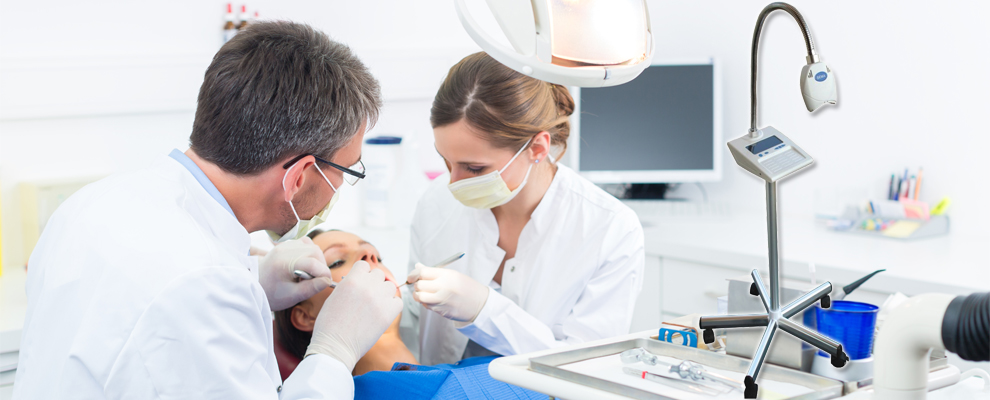When someone is hypnotized, they are given a set of instructions which assist them in achieving the trance state. And it is now being used in general dental care.
Some applications of hypnosis in preventive dental care include controlling a strong gag reflex, treating chronic facial pain and modifying habits like teeth grinding.
The use of hypnosis in dentistry falls into two categories: therapeutic and operative. The therapeutic use of hypnosis includes relaxing the patient, removing their anxieties, fears and pain, helping him remain comfortable throughout a dental procedure and developing positive habits of personal oral health care. Hypnosis can be used to help eliminate nail biting, thumb sucking, abnormal swallowing patterns and smoking. Operative uses include relaxation and the control of salivation and bleeding, the prevention of gagging and nausea, reduction of post operative swelling, discomfort and shock and promotion of post operative healing and recovery.
Hypnosis can help reduce the tension, nervousness and fear of pain that certain people have about the dentist and thus allow for proper general dental care. Once the patient has been hypnotized, he is asked to imagine his favourite place, a place that makes him always feel relaxed and happy. This might be a place such as a garden, a beach or a river. They are to imagine how their five senses would respond to this place.
The post hypnotic suggestion is given before awakening the patient that they will be able to relax as deeply as this once they are seated in the dental chair. They are asked to close their eyes when they sit in the Standard Dental Chair , take three deep breaths and then they will be able to relax and enjoy their special place.
Under deep hypnosis, a patient can make an area feel completely numb and even have a tooth extracted without feeling anything. Hypnosis can even be used in conjunction with nitrous oxide (laughing gas) to enhance the effect and provide deeper relaxation.
It is important for the dentist to say things which are positive, supportive and soothing while the patient is being put under hypnosis. He must try not to joke around, as general dental care is stressful for many people. It is important for him to be caring. When patients feel understood and valued, they see the dentist as being competent, warm and caring and consequently become more relaxed. Hypnosis is a wonderful technique for pain-free dentistry which can help anxious patients immensely.


